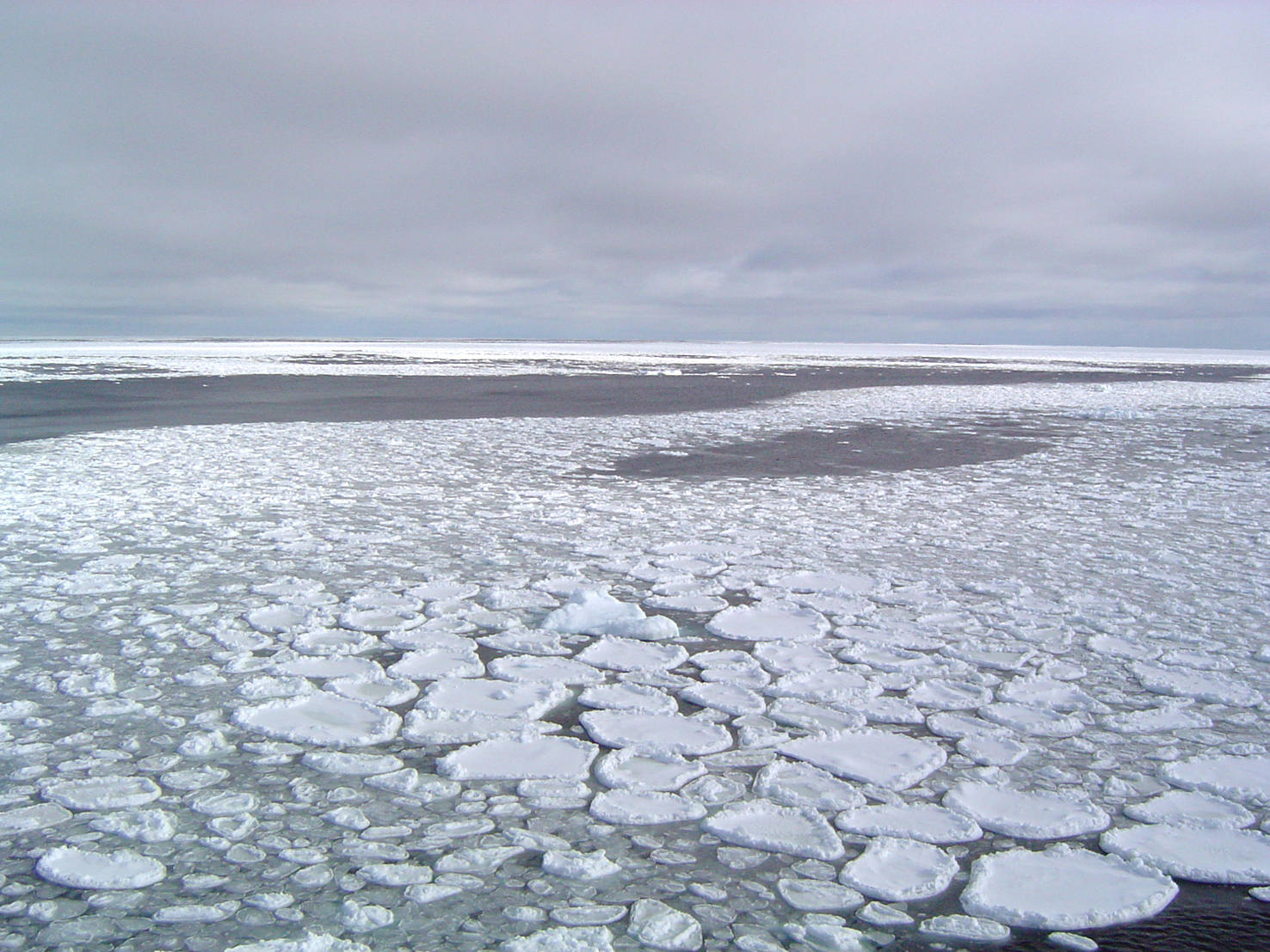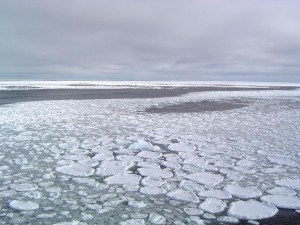April 20, 2014 – The Arctic is the one area of the globe most susceptible to atmospheric warming and according to the latest data from the National Snow and Ice Data Center and NASA, the season of sea ice melt continues to lengthen every decade.
What this means is more solar energy is reaching the Arctic Ocean surface where it gets absorbed rather than reflected back into space if ice were there. The study looks at freeze-up data from 1979 to the present using NASA’s Nimbus-7 Scanning Multichannel Microwave Radiometer, and sensors on the Defense Meteorological Satellite Program spacecraft. It shows that the biggest change is a later start to the refreezing of sea ice, as much as 6-11 days in 30 plus years. The melt onset which appears to be less affected even though that’s when solar radiation in the Arctic would be most intense because of the Sun’s higher position in the sky.
But the latter fits with other observations made on our planet. For example, here in Toronto, the warmest months of the summer don’t occur when the Sun is most directly overhead on June 21. July and August tend to be warmer than June. And Lake Ontario on which Toronto sits is at its warmest in September, three months after the summer solstice.
The Arctic ice melt research appears in the February 28, 2014 issue of Geophysical Research Letters.


















